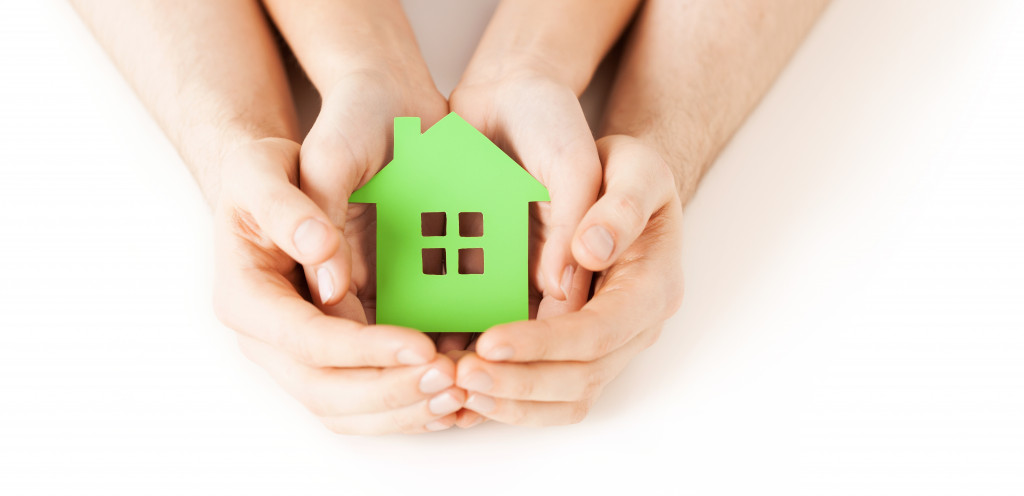These days, homeowners are renovating with the environment in mind. More consumers are interested in “green” home improvements that will save energy, conserve resources and help reduce their carbon footprint.
According to a study, two-thirds of homeowners would pay a premium to buy a house with eco-friendly features. Even if you still have no plans to sell your home, you are already increasing your chances of boosting its value through eco-friendly home renovations.
If you’re planning a home renovation, here are four ways to make it more eco-friendly:
1. Use Recycled or Sustainable Materials
The materials you choose to renovate your home can impact the environment. Some homeowners would choose materials just because they would look good and last long. However, you are also helping the environment by opting for sustainable materials. This is because sustainable or recycled materials are usually made from waste products that would otherwise end up in landfills.
There are many sustainable materials to choose from these days. For your flooring, you can go for bamboo, a popular sustainable material used in homes. You can also use cork or reclaimed wood. If you’re looking for sustainable countertop options, try using recycled glass, concrete, or paper composite. Homeowners only need to review their options and evaluate which sustainable materials work best for their home renovation project.
2. Incorporate Energy-Efficient Appliances and Lighting
If you find it time to replace your lighting and appliances, try incorporating energy efficiency into your renovation project. This means choosing appliances and lighting fixtures that would consume less energy. Doing so will help you save money on your energy bills, and it will also help reduce your carbon footprint.
There are many ways to make your home more energy-efficient. When shopping for appliances, look for the Energy Star label. This means that the appliance meets the government’s standards for energy efficiency. You can also choose appliances that have earned the ENERGY STAR Most Efficient designation.
For instance, you plan on replacing your air conditioning units. You can choose ENERGY STAR-certified air conditioners, which are 15% more efficient than a standard model. You can also go for a mini-split air conditioner. This ductless system is up to 30% more efficient than traditional AC units.
It would also help to hire the services of pros for your ac installation. They would know how to install your AC unit to be more energy-efficient properly. Don’t forget that maintenance is also crucial in keeping your AC unit running efficiently. Find technicians who can replace and maintain your AC units to ensure they work correctly and last longer.
As for your lighting, you can switch to LED bulbs, which are more energy-efficient than traditional incandescent bulbs. You can also take advantage of natural lighting by adding more windows to your home or using skylights. With LED light bulbs and by leveraging natural lighting, you can reduce your energy consumption by up to 90%.
3. Invest in Proper Insulation

Good insulation helps Keep your home cool in the summer and warm in the winter, which saves energy and money. It also improves indoor air quality by preventing drafts. When planning a home renovation, consider adding or improving your insulation. This is a great way to make your home more comfortable and eco-friendly.
There are many insulation materials to choose from, so evaluate your options carefully. Some of the most common insulation materials used in homes include fiberglass, cellulose, rock wool, and spray foam.
- Sand and glass make up fiberglass, which makes it an eco-friendly material. This is also a cost-effective option, making it a popular choice among homeowners.
- Cellulose is another sustainable material made from recycled paper products. It is fire-resistant and pest-resistant, which makes it a safe and eco-friendly option for homes.
- Rock wool is a durable material made from natural materials like basalt and limestone. It can withstand high temperatures, making it ideal for use in attics and other areas of the home that get hot during summer.
- Spray foam is a popular insulation material used in both new construction and existing homes. It is made from recycled materials like plastic bottles and cans, so it is an eco-friendly choice.
Knowing the different insulation materials will help you choose the right one for your needs. Make sure to consult with a professional to get the best results for your home.
4. Paint with Low-VOC Paints
Painting your house is a great way to give it a fresh new look. When planning a home renovation, paint the walls with low-VOC paints. These eco-friendly paints have low levels of volatile organic compounds (VOCs).
VOCs are chemicals that can cause health problems like headaches, dizziness, and respiratory problems. They can also contribute to air pollution. These eco-friendly paints are just as effective as traditional paints and don’t require special ventilation or equipment.
It would be best to choose low-VOC paints for your home renovation. These are safer for your health and don’t contribute to air pollution.
Making your home renovation more eco-friendly doesn’t have to be complicated or expensive. Know that there are different ways to make your renovation project more sustainable. Use some or all of the tips above to make your home more comfortable and eco-friendly.

